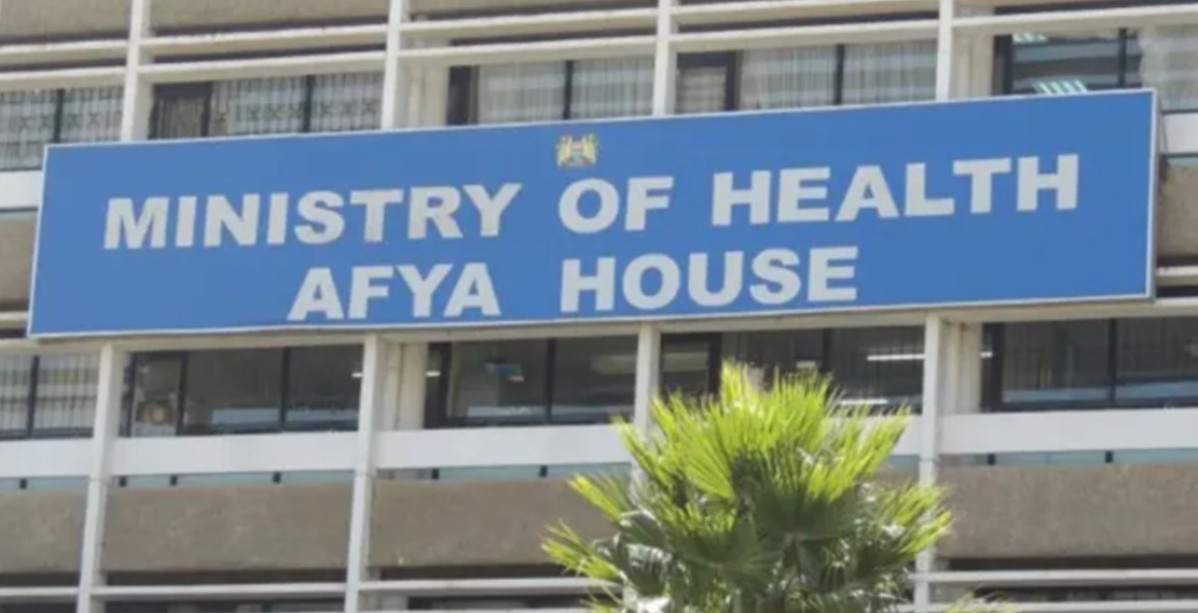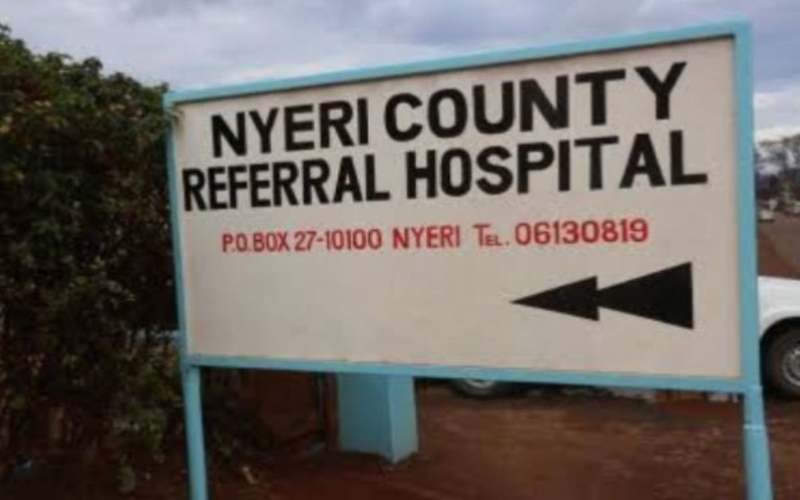Risks of high, low blood pressure during pregnancy
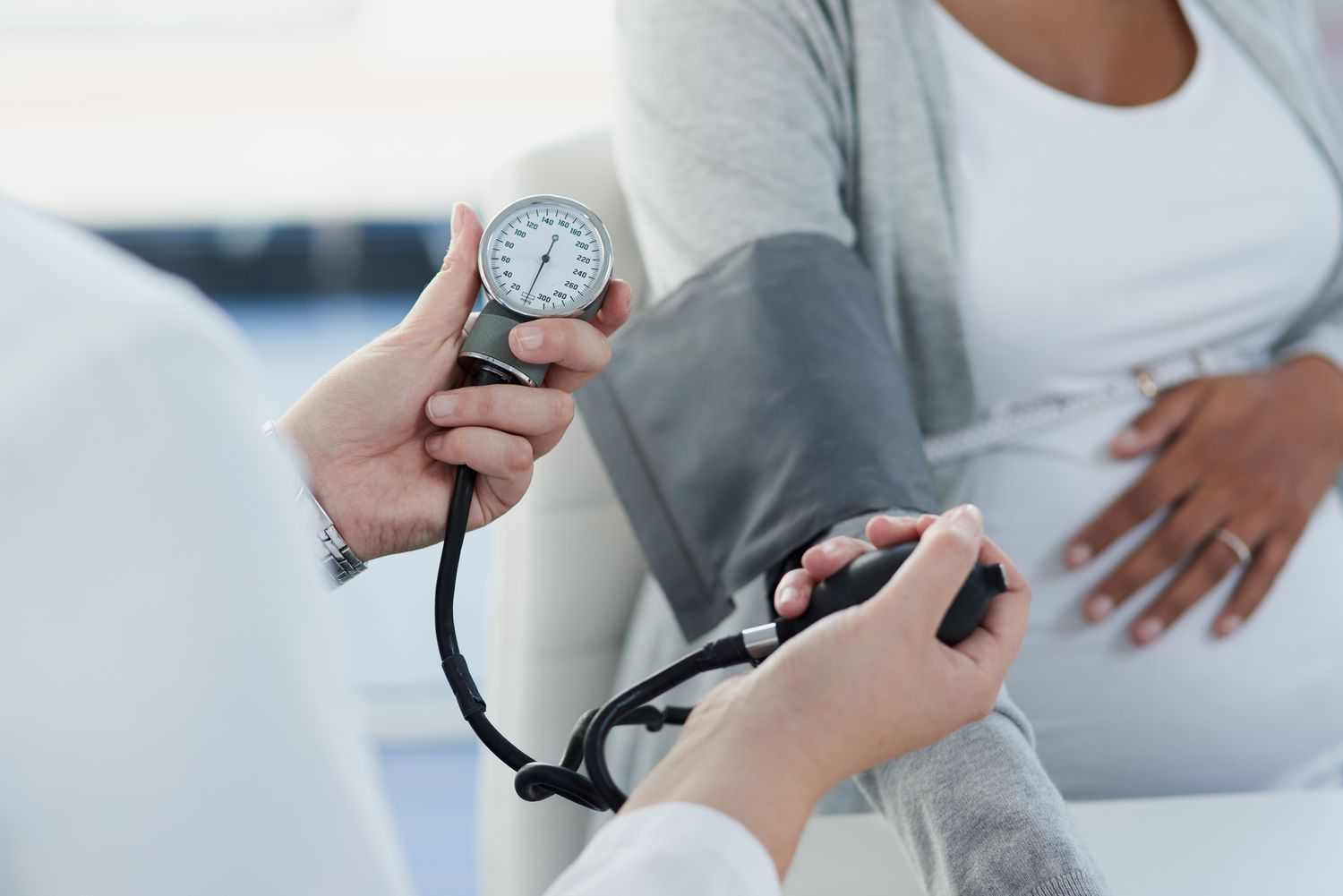
Preeclampsia is a pregnancy complication characterized by high blood pressure and signs of damage to other organs, typically the liver and kidneys.
Expecting a newborn can come with many challenges. While some mothers navigate this season smoothly, others face significant difficulties.
Such is the case for Nurah Abdi*, a 28-year-old resident of Eastleigh, who is currently in her third trimester and experiencing persistent low blood pressure for the first time. Despite having normal blood pressure before her pregnancy, this condition emerged during this period and has not improved, despite her numerous visits to healthcare providers.
More To Read
- Birth control in Africa: Study tracks the use of long-acting contraception in 26 countries
- WHO Africa summit urges investment to end maternal mortality
- Reprieve for women struggling with infertility as committee backs reproductive technology Bill
- Four tips for a healthy heart from a biokineticist
- Kenya to receive Sh10 billion for maternal and newborn care
- Delivering in fear: The untold impact of disrespect in childbirth
“I’ve tried several medications, and I was advised to drink plenty of water and eat fruits like beets and melons, along with vegetables, but my situation hasn’t changed,”
Nurah has been diligent in following her prescribed regimen without missing any doses, but she feels increasingly concerned, especially since she hopes for a natural birth. She understands that her low blood pressure may require her to reconsider her birth plan.
“I’ve been told to undergo a blood test to determine my blood volume and conduct further evaluations, so I’m hopeful that my blood pressure will normalize,” she explained.
Due to her condition, Nurah has been experiencing constant headaches, shortness of breath, and dizziness, which not only impact her health but also affect her work.
"Sometimes I'm at work, and I have this persistent, uncontrollable headache accompanied by waves of dizziness that force me to take breaks. With my demanding job, it’s really difficult," she explains.
She manages these symptoms through prescribed medications, staying hydrated, and ensuring she gets plenty of rest.
"Visiting the clinic has been beneficial; even though my blood pressure is low, the medication has helped keep it under control. I remain optimistic that everything will turn out well," she says.
Antenatal care
Dr. Faiza Ali from Zazi Hospital in Eastleigh emphasises the vital importance of antenatal care during pregnancy.
"When expectant mothers miss their clinic appointments, it becomes difficult to identify potential complications. Monitoring blood pressure is particularly crucial, as unchecked levels can lead to preeclampsia or even eclampsia," Dr. Faiza explained.
Preeclampsia is a pregnancy complication characterized by high blood pressure and signs of damage to other organs, typically the liver and kidneys. It usually develops after 20 weeks of pregnancy in women who previously had normal blood pressure. Symptoms may include elevated blood pressure, swelling, headaches, abdominal pain, and vision changes. If untreated, pre-eclampsia can result in serious, even life-threatening complications for both the mother and baby.
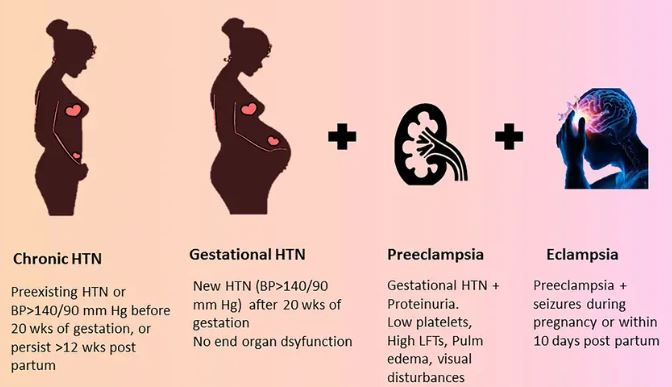 Markers of Cardiovascular risks associated with pregnancy. (Photo: Scientific Figure on ResearchGate)
Markers of Cardiovascular risks associated with pregnancy. (Photo: Scientific Figure on ResearchGate)
Eclampsia, on the other hand, is a severe pregnancy complication marked by seizures, typically following symptoms of preeclampsia such as high blood pressure and protein in the urine. This condition requires immediate medical attention.
Dr. Faiza stresses the importance of regular antenatal care to monitor blood pressure and prescribe necessary medications to prevent further complications.
Other potential health issues include haemorrhage, fistula, postpartum depression, and various other complications that, if untreated or undiagnosed, can pose significant risks.
Low blood pressure during pregnancy, or hypotension, can have several effects on both the mother and the baby. While mild hypotension may not be concerning, it can lead to various complications if it becomes severe or persistent. Here are some potential effects:
1. Symptoms for the Mother
Dizziness and Lightheadedness: Especially when standing up quickly, which can lead to falls or injuries.
Fainting: This can occur due to a significant drop in blood pressure, posing risks for both the mother and baby.
Fatigue: Chronic low blood pressure can lead to feelings of tiredness or lethargy.
Nausea: Some women may experience nausea as a symptom of low blood pressure.
2. Impact on Blood Flow
Reduced Blood Flow to the Placenta: Insufficient blood pressure can hinder adequate blood flow to the placenta, which may affect the delivery of oxygen and nutrients to the developing baby.
Risk of Poor Growth: Inadequate blood supply can lead to intrauterine growth restriction (IUGR), where the baby may not grow healthily.
3. Complications
Increased Risk of Preterm Birth: Severe hypotension may be associated with a higher risk of premature labor and delivery.
Potential for Shock: In extreme cases, very low blood pressure can lead to shock, a medical emergency requiring immediate attention.
4. Psychological Effects
Anxiety: Ongoing symptoms such as dizziness or fatigue can contribute to anxiety and stress during pregnancy.
5. Management and Monitoring
Importance of Antenatal Care: Regular check-ups can help monitor blood pressure and ensure that any issues are addressed promptly.
Lifestyle Adjustments: Staying hydrated, eating small meals, and avoiding sudden position changes can help manage low blood pressure
Blood pressure is categorised into three main categories:
1. High Blood Pressure (Hypertension)
Hypertension is diagnosed when blood pressure readings are consistently at or above 130/80 mm Hg. It can be classified into two stages:
Stage 1 Hypertension: 130-139/80-89 mm Hg
Stage 2 Hypertension: 140/90 mm Hg or higher
Causes: Common causes include obesity, high salt intake, lack of physical activity, smoking, excessive alcohol consumption, and stress. Genetics and underlying health conditions can also contribute.
Symptoms: Often asymptomatic in its early stages, but may lead to headaches, shortness of breath, nosebleeds, and chest pain as it progresses.
Potential Risks: If left unmanaged, hypertension can lead to severe health complications such as:
Heart Disease: Increased workload on the heart can lead to heart failure.
Stroke: Weakened blood vessels in the brain can burst or become blocked.
Kidney Damage: Reduced blood flow can impair kidney function.
Vision Loss: Damage to the blood vessels in the eyes can cause vision problems.
2. Low Blood Pressure (Hypotension)
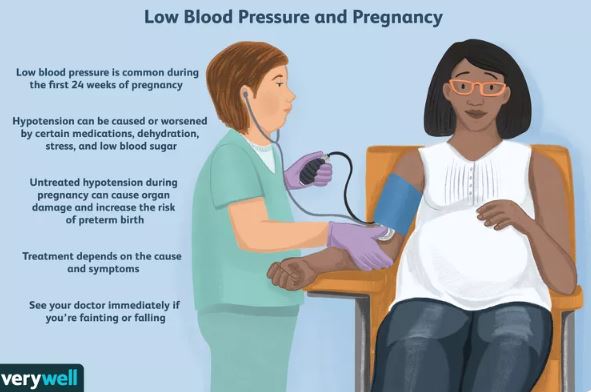
Hypotension is characterised by blood pressure readings consistently below 90/60 mm Hg.
Causes: Can result from various factors, including:
Dehydration: Loss of fluids can lead to lower blood volume.
Medications: Some drugs, especially those for high blood pressure or depression, can lower blood pressure.
Heart Issues: Certain heart conditions can affect the heart’s ability to pump blood effectively.
Nutritional Deficiencies: Lack of essential nutrients, such as vitamin B12 and folate, can impair blood production.
Symptoms: Common symptoms include dizziness, lightheadedness, fainting, fatigue, and blurred vision. Severe cases can lead to shock, characterized by confusion and cold, clammy skin.
Potential Risks: While mild hypotension may not cause significant problems, severe cases can lead to complications such as inadequate blood flow to vital organs, which can be life-threatening.
3. Normal Blood Pressure
Normal blood pressure is generally considered to be around 120/80 mm Hg.
Health Implications: Maintaining normal blood pressure is crucial for overall health and well-being. It indicates good cardiovascular health and lowers the risk of developing hypertension and related conditions.
Benefits: Individuals with normal blood pressure typically experience:
Lower Risk of Heart Disease: Healthy blood flow reduces strain on the heart and blood vessels.
Improved Kidney Function: Adequate blood pressure ensures proper filtration and function of the kidneys.
Better Quality of Life: Normal blood pressure is associated with fewer health complications and enhanced overall well-being.
According to the Ministry of Health, hypertension affects 30 per cent of the global population. In Kenya, the prevalence is at 24 per cent, with a troubling 78 per cent of those diagnosed not receiving treatment. The increasing rates of hypertension are linked to unhealthy diets, sedentary lifestyles, and high consumption of alcohol and tobacco.
The World Health Organization (WHO) estimates that around 1.28 billion adults aged 30 to 79 worldwide have hypertension, with two-thirds living in low- and middle-income countries. Approximately 46 per cent of individuals with hypertension are unaware of their condition, and only 42 per cent are diagnosed and treated. Moreover, just 21 per cent manage to control their blood pressure effectively.
Hypertension is a major cause of premature death globally, and one of WHO’s targets for non-communicable diseases is to reduce its prevalence by 33 per cent between 2010 and 2030.
Top Stories Today



